Monster-Vision – the Were-Rabbit stalks the Vicar in Curse of the Were-Rabbit
Horror Moments, Wallace and Gromit edition
‘Horror Moments’ is a light-hearted series examining horror-inflected scenes and themes in unexpected places. The ‘moments’ are published weekly on Thursday mornings, and I share bonus content on the history of magic, theatre, storytelling, and more on Monday afternoons – don’t forget to subscribe!
[Light Spoilers: Wallace & Gromit: Curse of the Were-Rabbit (2005), Dracula (1958), The Babadook (2014)]
A vicar is locking up his greenhouse for the night, heading back through the graveyard to the church to deposit an offering of carrots for the harvest festival. But something is watching him between the graves.
Hearing a noise, he stops and scans the tombstones. There doesn’t seem to be anything out of the ordinary.
Reaching the church, he puts a hand to the wooden door and pauses again – was that definitely not something moving in the fog? No. Don’t be silly. There’s no one out here this late at night.
Now we, the audience, see the church from that same lurking point of view that peered between the headstones. It moves towards the church door, picking up speed.
“Hello?” calls the vicar from inside the church as the doors slam. Behind a pew, something knocks over a candlestick. “Is anybody there?”
The only answer is a gigantic belch.
“Mrs Mulch?” asks the vicar, hopefully.
But it isn’t Mrs Mulch. It’s something much bigger and much hungrier which now emerges from the pews and charges full throttle at the harvest altar. It draws itself up to its full height and its shadow falls over the cowering vicar. The camera doesn’t show us what he sees, it shows us the monster’s view of being seen: the look of horror in a victim’s eyes.
Like the moment in the final showdown of Hammer Horror’s Dracula (1958) when candlesticks are snatched up to form an emergency crucifix, the vicar grabs two cucumbers, but this is not a vampire: the cucumbers are instantly devoured.
There are many horror films which use monster-vision to stage an encounter between creature and victim. It’s a simple but ingenious technique: less work for special effects and makeup, more tension and suspense as our imaginations fill in the gap. The slow stalking of these early shots plays into primal fears of predatory eyes observing us.
One of my favourite examples of this trick is an incredibly subtle moment from Jennifer Kent’s 2014 The Babadook, so subtle in fact that I missed its significance the first time I watched the film.
The Babadook tells the story of a young mother, traumatised by the death of her husband, who struggles to bond with a son who is obsessed with magic and monsters. When an inappropriately creepy children’s picture book ‘Mr Babadook’ turns up in the house, an ominous presence starts to manifest.
I could wax lyrical (and probably will at some point) about how much I love this film which manages to be both a brilliant monster movie and a powerfully moving portrayal of the horror of mental illness. William Friedkin, director of The Exorcist, said it was the scariest film he’d ever seen.
To stick with the monster aspect, for now, the scene I’m interested in today comes fifteen minutes into the film when Amelia has hidden the strange book from her son, but the house has very much begun to feel haunted.
Night has fallen. The camera shows us the dark and empty hallway:
Then we see the bottom of the staircase:
Then the landing:
Then we see Amelia in bed, reading:
Now the camera starts to move, slowly but surely, closer to Amelia until—
She looks up. Why does she look up? This sequence has played out in near-silence, with only a ticking clock and the muffled sound of wind. What does she sense in that moment? The camera freezes and for seven seconds, Amelia stares at us and we stare back at her….at last she looks back at her book.
The camera waits, just for a breath… and then it starts to move again, closing in on her. In that slight pause the whole sequence takes on new and terrifying meaning.
Whose perspective, exactly, did that scene follow? Was it the usual third person point of view of an omniscient storytelling lens? Or were we, for those few seconds, watching Amelia through the eyes of something else, something that stopped dead when she looked up from her book, like it was playing a game of grandmother’s footsteps.
The way the camera moves slowly up the staircase towards her bedroom also reminds me of the ‘The Voice,’ a popular playground chiller which is included in ‘More Scary Stories to Tell in the Dark.’ It’s the one that goes: “I am coming up the stairs. I am on the first step. Now I am on the second step. Now I’m outside your room…” The more you rewatch The Babadook the more little thrills you find in moments like these when even the camera itself is a source of fear.
So tonight before you go to sleep remember to lock all the doors – not just the ones protecting your prized vegetables. After all, you never know what might be watching you and inching ever closer.
Happy nightmares everyone!
Horror moments are posted every Thursday and a wide variety of articles exploring the history of magic, theatre, storytelling, and more are published on Monday afternoons.





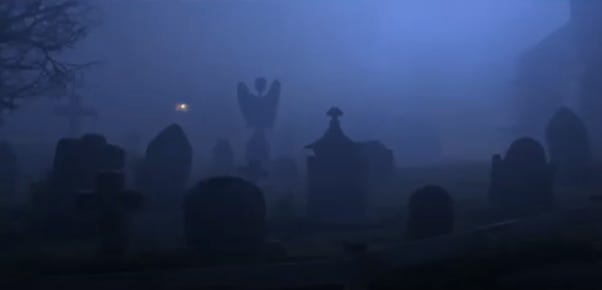
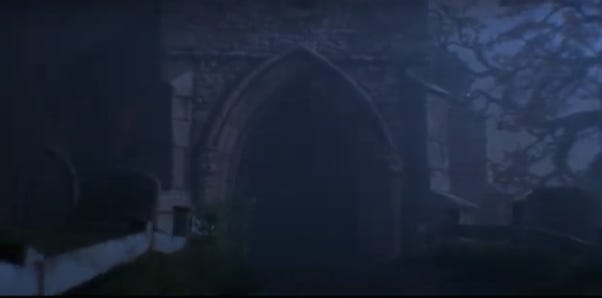
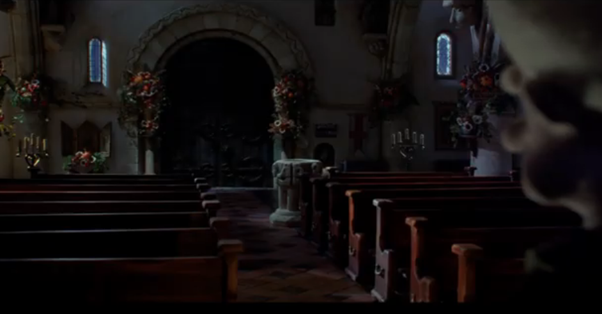
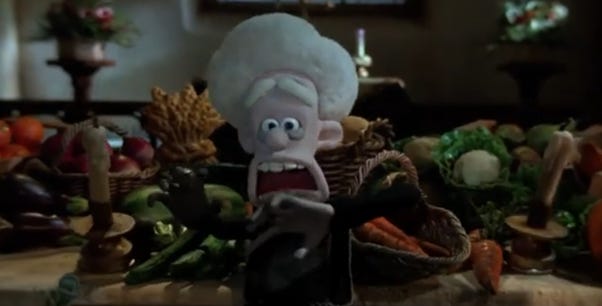
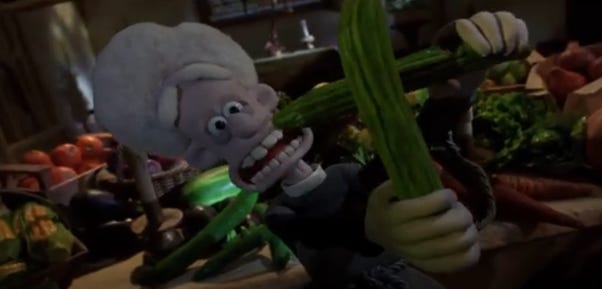
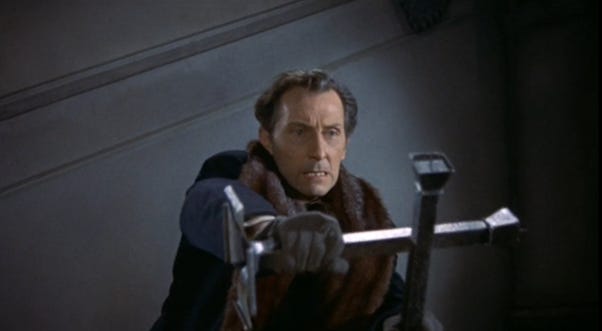
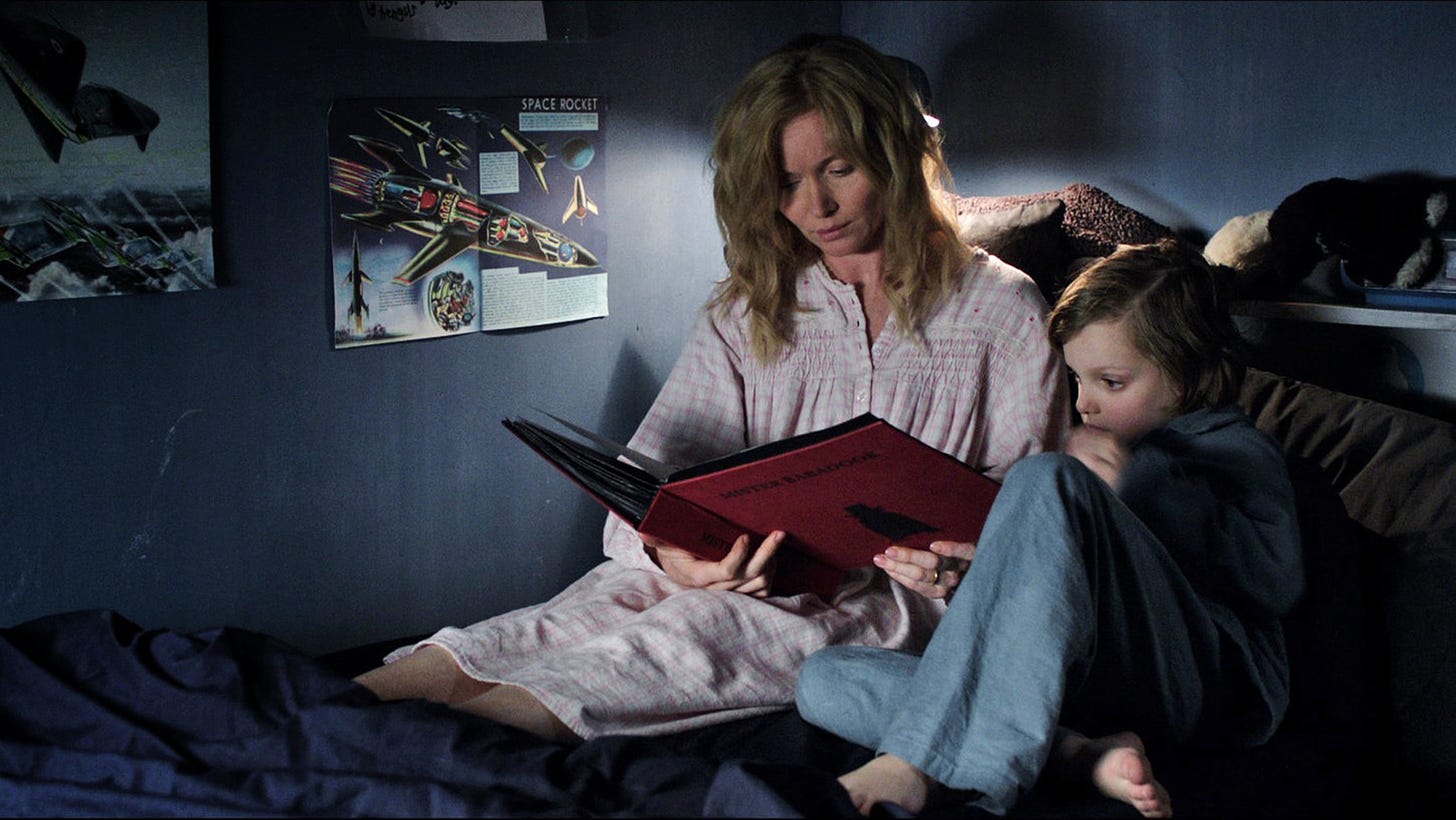
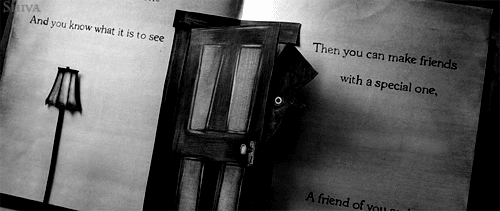
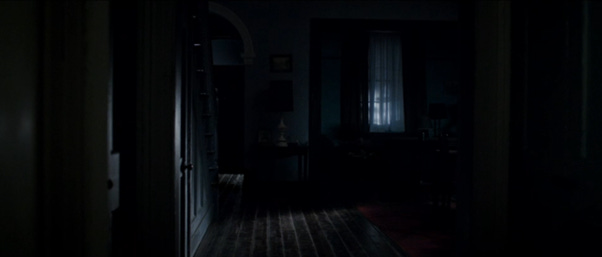
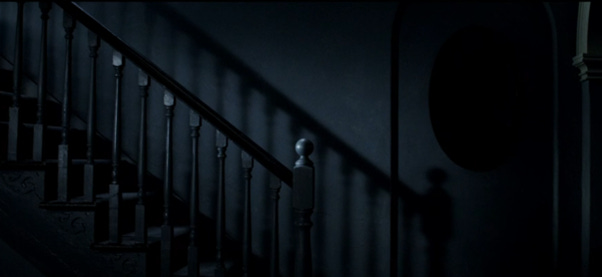
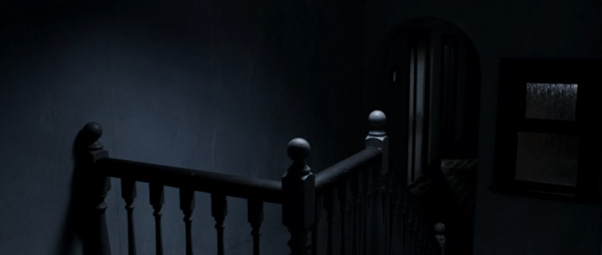
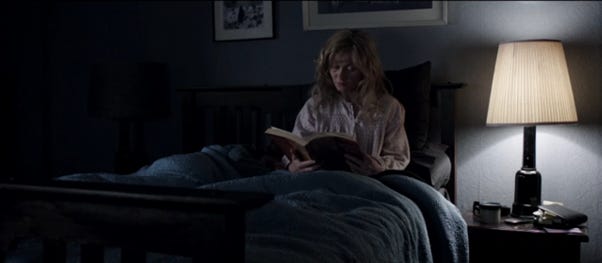
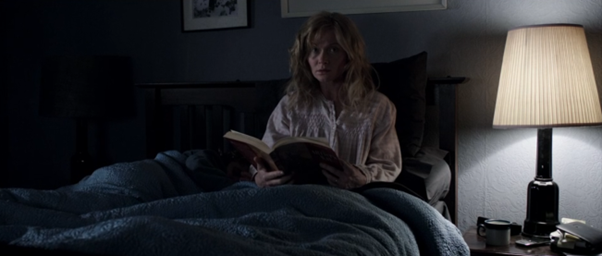
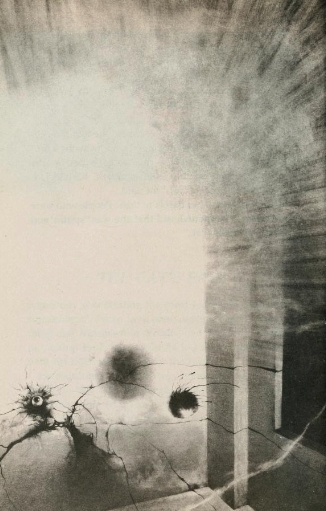
If you don’t object, and as every one of GDoS's 77 slang terms for coward, I'll stick with Edward Gorey.
I honestly don't watch a lot of horror films as I tend not to find them scary on a genuine emotional level. Like, I've seen Alien many times, and I appreciate it as a well directed and well acted film, but I don't feel the fear or sense of disgust or isolation or creepiness that other people have described, even though I can understand why people feel that way.
The only horror film I have ever seen that actually disturbed me when taken as a whole was Dreyer's Vampyr, which I took the time to write about in a piece on sci-fi of all things. It is a supernal film besides and lacks the pretentiousness so rampant in most contemporary horror, and it does more with the POV of the camera than just about anything else I can name.
The Babadook in many ways reminded me of The Shining but with some things swapped out so it doesn't look like it on the surface. There are a lot of parallels, although The Babadook I found rather weak as a work of art in comparison.